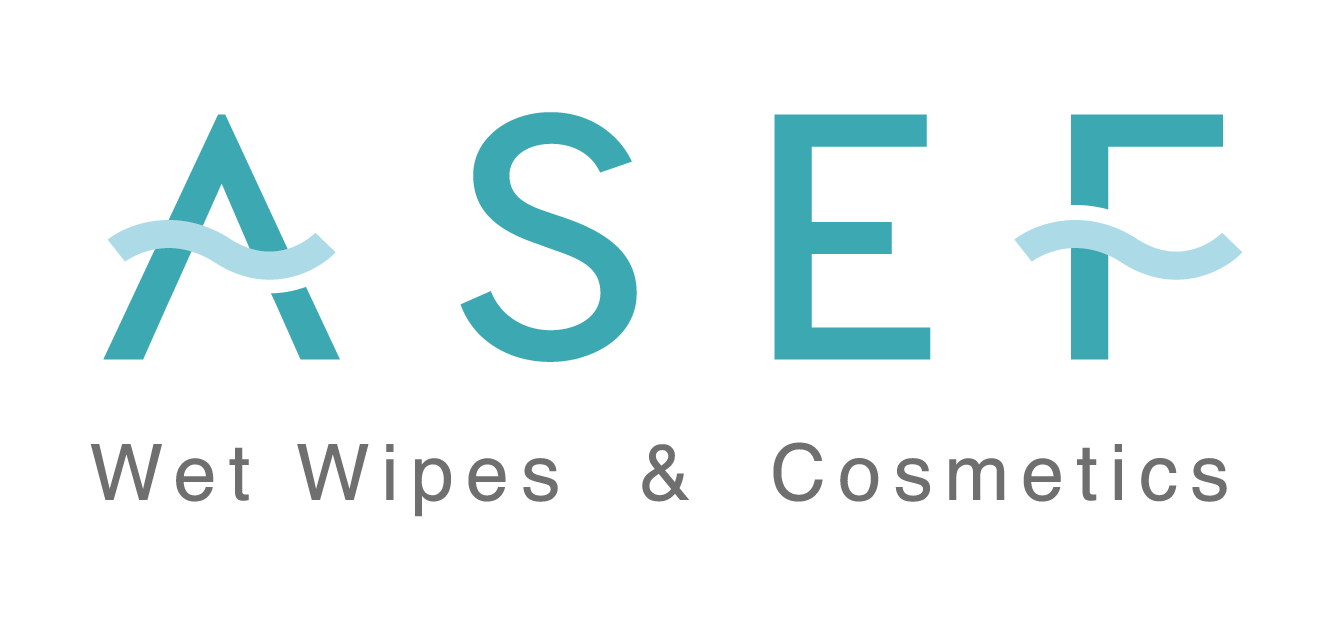A Closer Look at Medical Wipes
Medical wipes play a crucial role in maintaining hygiene and preventing infections in healthcare settings. These wipes are designed for specific medical uses, ranging from cleaning surfaces to sanitizing skin before procedures. Here’s a closer look at the different types and their applications:
1. Antiseptic Wipes
Antiseptic wipes are impregnated with solutions like alcohol, chlorhexidine, or iodine, which help to kill or inhibit the growth of bacteria, viruses, and fungi. These wipes are commonly used to clean the skin before injections, surgeries, or any invasive procedures to prevent infections.
2. Disinfectant Wipes
Disinfectant wipes are used for cleaning medical equipment, surfaces, and even the hands of healthcare professionals. They contain powerful disinfecting agents such as quaternary ammonium compounds, alcohol, or hydrogen peroxide, which help to eliminate harmful pathogens like MRSA, E. coli, and influenza.
3. Sterile Wipes
Sterile wipes are designed to be used in environments where sterility is crucial, such as operating rooms or during dressing changes for wounds. These wipes are typically used to clean and prepare the skin or medical equipment in a way that prevents the introduction of contaminants.
4. Alcohol Wipes
Alcohol wipes are pre-moistened with isopropyl alcohol and are often used for skin preparation before injections, IV insertions, or minor procedures. They quickly evaporate, leaving the skin clean and ready for further treatment.
5. Skin Cleansing Wipes
These wipes are designed for general skin cleansing, particularly for patients who are bedridden or unable to bathe regularly. They often contain mild cleansers and moisturizers to gently clean the skin without causing irritation.
6. Chlorhexidine Wipes
Chlorhexidine wipes are used for both skin cleansing and as part of preoperative preparation to reduce the risk of surgical site infections. Chlorhexidine is a powerful antimicrobial agent that continues to protect the skin for hours after application.
7. Wound Care Wipes
Wound care wipes are designed to clean wounds, remove debris, and prepare the wound for dressing. These wipes may contain saline or other solutions that are gentle on the skin but effective in reducing the risk of infection.
8. Baby Wipes (Medical Grade)
While commonly associated with infant care, medical-grade baby wipes are often used in healthcare settings for patients with sensitive skin or those in need of gentle cleansing. These wipes are typically hypoallergenic and free from harsh chemicals.
Applications in Healthcare
Medical wipes are essential in various healthcare settings, including hospitals, clinics, nursing homes, and even at home for patient care. They are used to:
- Maintain Hygiene: Regular use of medical wipes helps to reduce the spread of infections by maintaining cleanliness in the environment and on the skin.
- Prepare for Procedures: Skin and surface disinfection is a critical step before any medical procedure to minimize the risk of contamination.
- Wound Care: Proper wound cleansing with appropriate wipes is vital for healing and preventing infections.
Choosing the Right Wipe
Selecting the appropriate medical wipe depends on the specific application and the patient’s needs. Factors to consider include:
- Active Ingredients: Understanding the active ingredients in the wipe helps ensure effectiveness against specific pathogens.
- Material Quality: The material should be strong enough for the task yet gentle on the skin.
- Sterility Requirements: For certain procedures, sterile wipes are necessary to avoid introducing new bacteria.
Medical wipes are a fundamental part of infection control and patient care in healthcare settings. Their specialized formulations and applications make them indispensable for maintaining a safe and hygienic environment.
Would you like to delve into a specific type of medical wipe or explore their manufacturing processes?
